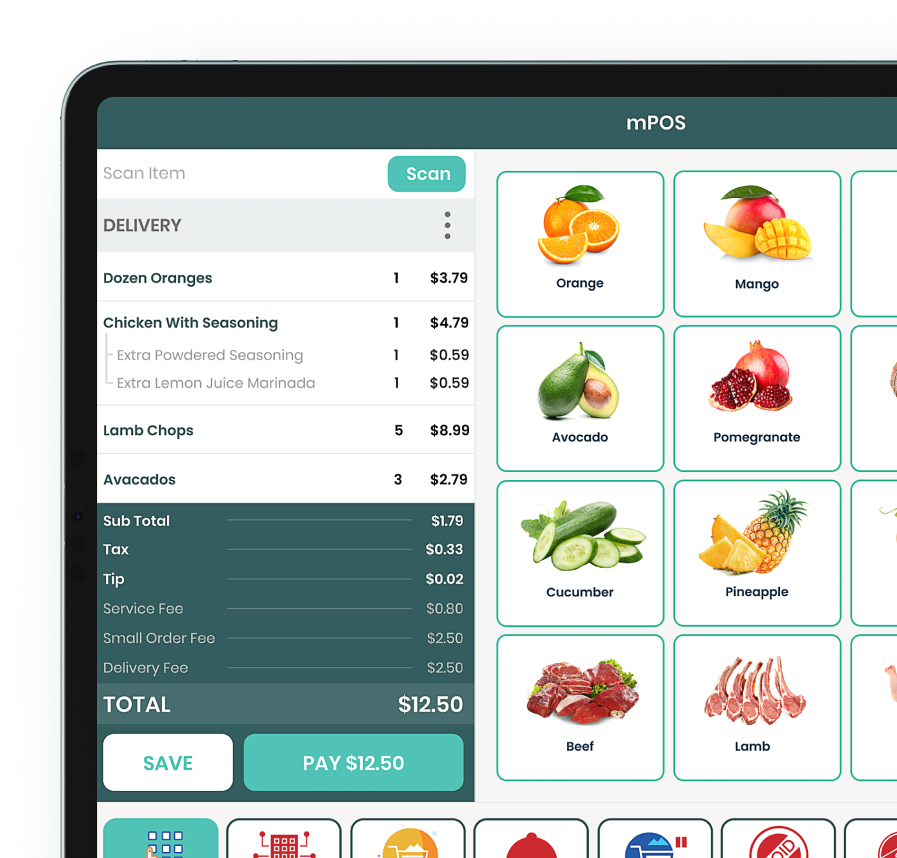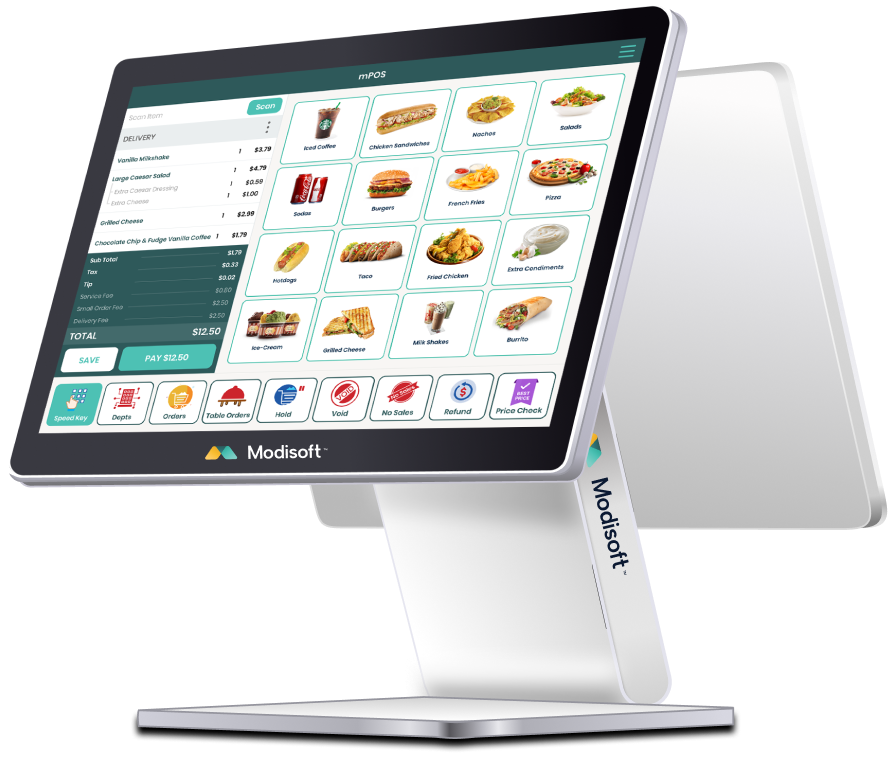Running a restaurant business in 2024 seems to get tougher with the rising inflation costs. In the aftermath of the COVID-19 pandemic, restaurant inflation has ballooned, with the supply costs affecting menu prices. This has increased production costs for the restaurateurs, making it impossible for them to retain old prices.
Now, many small to medium-sized restaurants struggle to decide how to price their food to customers. Many restaurants have already increased their prices to meet the cost. According to an article from Forbes, menu prices at quick-service restaurants are up about 8% over 2020, while full-service restaurants have increased nearly 6% more.
For restaurateurs, increasing prices seems to be the only way to fight labor, supply chain, and inflation pressures. The most obvious way to deal with rising inflation costs indeed is to raise menu prices – which consumers have noticed. However, as a restaurant owner, a rise in menu prices can positively impact your bottom line.
To combat the rising cost, increasing menu prices is often inevitable, but without the right strategy, you might lose your loyal customers. Therefore, this blog has rounded up the best practices to help you deal with rising inflation costs.
The Impact of Inflation on Restaurants
Whether you’re a startup or an established restaurant owner, you must be feeling the heat of the rising cost, and the supply chain becoming more expensive. While there is no business in the world completely unaffected by inflation, the restaurant industry, which is already on a thin profit, tends to get hit harder.
According to Statista, the food inflation rate in the United States was at about 5.8% in 2023, and with a slight decrease of 1.3% predicted in 2024, the price for many food items will continue to rise. This also impacts consumer behavior.
As of November 2023, more than 43% of consumers feel worried about paying for food. This means that passing the rising ingredient cost on to your customers won’t be easy for restaurants.
The restaurant owners are now in a tight spot, trying to figure out how to maintain the quality of food while making a profit. Meanwhile, the labor cost becomes the elephant in the room, making it harder for the restaurant chains to maintain their profits.
More than 30 states have made the minimum wage higher. This will continue to rise, affecting restaurants of almost all types. In such a situation, restaurant owners need to revise their strategy to deal with rising inflation costs.
How To Deal with Rising Inflation Costs
Americans have long been known to enjoy eating out. Even now, in spite of economic challenges, there are predictions that the restaurant and food service industry will continue to thrive in 2024.
Eating out is still in demand and restaurants do have the chance to grow and thrive even in difficult economic times. You need to adapt innovative ways to deal with rising inflation costs.
Here are the top ways that can help you to deal with rising inflation costs.
1. Trim the fat
Before you start raising your prices to protect your profit margin, start by trimming the fat. Identify the items in your menu that are not selling and immediately remove them. Optimizing your menu items will help you to cut the cost. Now, identify your high-cost ingredients and remove them with an affordable option. If you source imported ingredients that are more expensive than local ones, consider sourcing local ingredients, which are often the same or even better quality because they don’t have to go through rigorous travel and logistics to be delivered.
Look across all your vendors and see if any offer a discount on bulk orders, especially when you have multiple restaurants. You may have to cough up more money when you purchase, but it can make a huge difference in reducing your costs in the future. Trimming the fat enables you to minimize the impact of inflation on your menu prices.
2. Avoid Food Waste
At the time of economic crises, avoiding food waste can be of significant help. Since food costs take up a huge margin of your budget, any unnecessary waste is an expense that no restaurateur wants to bear. Therefore, your second step should be to reinforce training with your employees and make sure that food isn’t wasted due to wrong orders, customer allergies, or carelessness.
Once you and your staff are on one page, the next step is to do a thorough inventory check of everything. This helps you to know whether you’re ordering enough to meet demand or more than you possibly use. You can use POS system inventory reports to know the exact inventory figures.
3. Practice Menu Engineering
Menu engineering is one of the most effective ways to sell high-cost food. You can integrate a POS system and inventory management software to gain valuable insights into the cost of dishes and the profit margin of each dish. By managing your menu, you can improve the performance of your menu items, ultimately making more profits.
You can check out our blog, Menu Engineering: What it is & How it Can Increase Your Restaurant Profit, to learn how menu engineering can help you boost sales and increase profit.
4. Reduce Labor Cost
As the minimum wage rises across the country, it becomes crucial for you to track your labor costs and take steps to reduce extra expenses. Once you get insights on the total labor cost you carry every month, it will become easy for you to optimize. Common steps you can take to reduce labor costs are:
- Use Technology: Technology is the key to reducing labor costs and streamlining your restaurant operations. Start by adding a reliable all-purpose restaurant POS that helps you to track employee performance, provides detailed insights, and lets you automate numerous tasks.
- Optimize Schedule: No need to pay for extra hours when you expect fewer customers during that part of the day. Optimizing employee schedules can help you prevent overstaffing, ultimately saving you more on employee wages.
- Hire Seasonal Workers: If you are paying overtime consistently during a specific season of the year, consider hiring seasonal workers part-time, which will be less costly compared to overtime wages.
5. Upgrade Your Technology
It’s high time for restaurants to optimize their operations and enhance efficiency by using technology. From self-service ordering kiosks to reservation management systems, you need to implement modern tech software to improve efficiency.
Becoming more tech-savvy not only brings ease in managing operations but also brings comfort to your guests, ultimately resulting in more sales. You can also consider adding new ways, such as online ordering, to boost sales.
Get Ready to Fight Restaurant Inflation
Inflation is one of the most challenging issues restaurants are facing right now. In this post-pandemic era, everyone is getting affected by the hike in groceries and other costs. However, with some careful planning and consideration, you can lessen its impact on your business.
To help you optimize your business, Modisoft provides you with a restaurant break-even calculator that helps you take control of your restaurant costs and analyze key financial metrics.
FAQs
- What Is Restaurant or Menu Inflation?
- Owning a Restaurant Is Still Profitable?
- What Is the Current Food Inflation?

















































